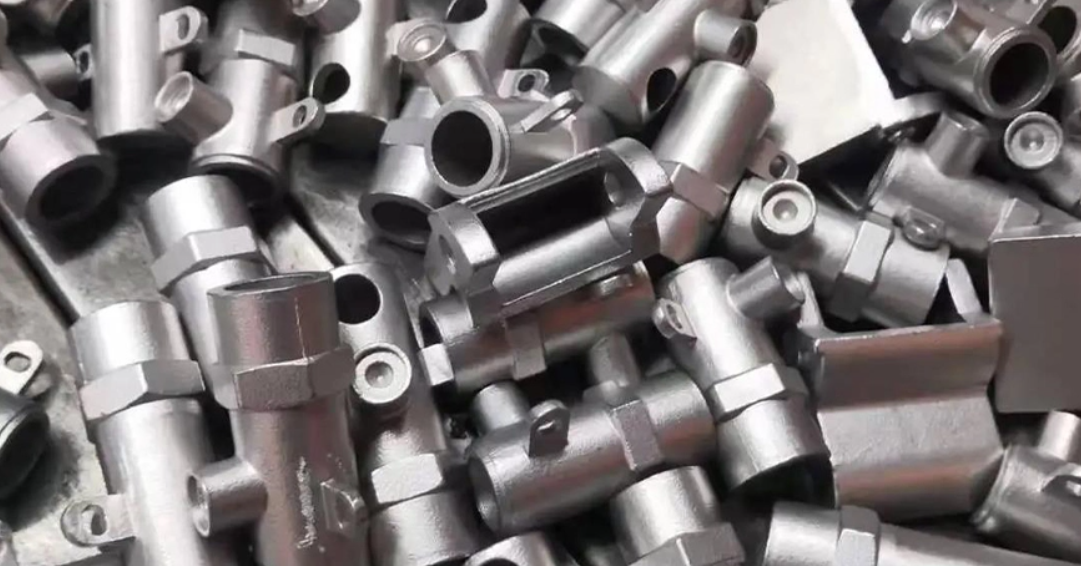Mobile:+86-311-808-126-83
Email:info@ydcastings.com
Essential Guide to Pump Pipe Connections
The Importance of Pump-Pipe Connections in Fluid Transport Systems
In various industrial applications, the connection between pumps and pipes is critical for the effective transportation of fluids. This relationship significantly influences not just the efficiency of fluid transfer but also the safety, maintenance, and longevity of the entire system. Understanding the dynamics of pump-pipe connections is crucial for engineers and operational personnel involved in fluid management.
The Basics of Pump-Pipe Connection
At its core, the pump-pipe connection serves as the pathway through which fluids are transported from one point to another. The pump generates the necessary pressure to move the fluid through the piping system. A well-designed connection ensures that there is minimal resistance to flow, which enhances the pump's efficiency and reduces energy consumption.
Types of Connections
There are several types of connections used between pumps and pipes, with the choice often depending on the specific application and the type of fluid being transported. Common connection methods include
1. Flanged Connections These are widely used because they allow for easy disconnection and reconnection of pipes. Flanges can accommodate thermal expansion, making them suitable for systems that operate under varying temperatures.
2. Threaded Connections Often used for smaller diameter pipes, threaded connections are easier to install, but they may not be suitable for high-pressure systems as they can leak if not properly tightened.
3. Welded Connections Offering a permanent solution, welded connections provide a robust seal that is ideal for high-pressure environments. However, the lack of flexibility for maintenance can be a downside.
pump pipe connection

Importance of Proper Alignment
Proper alignment between the pump and the pipe is vital. Misalignment can lead to excessive wear on the pump's bearings and seals, ultimately resulting in mechanical failure. A common practice is to use alignment tools or instruments to ensure that both the pump and pipes are perfectly aligned before securing the connections.
Considerations for Material Selection
The materials used for pump-pipe connections must be compatible with the type of fluids being transported. For example, when dealing with corrosive substances, using materials like stainless steel or specialized plastics can prevent premature degradation and extend the system's lifespan.
Maintenance and Inspection
Regular maintenance and inspection of pump-pipe connections are essential for operational efficiency. Over time, seals and connections can degrade, leading to leaks and reduced flow rates. Implementing a routine inspection schedule can detect potential issues before they escalate into significant problems.
Conclusion
In conclusion, the connection between pumps and pipes is a critical aspect of fluid transport systems that warrants careful consideration. From the selection of appropriate connection types and materials to ensuring proper alignment and regular maintenance, the efficiency and performance of these systems hinge on the integrity of their connections. As industries continue to demand greater reliability and efficiency, understanding and optimizing pump-pipe connections will remain a fundamental aspect of fluid management strategy. By prioritizing these elements, organizations can achieve a sustainable and high-performing fluid transport system tailored to meet their specific needs.
-
Why Should You Invest in Superior Pump Castings for Your Equipment?NewsJun.09,2025
-
Unlock Performance Potential with Stainless Impellers and Aluminum End CapsNewsJun.09,2025
-
Revolutionize Your Machinery with Superior Cast Iron and Aluminum ComponentsNewsJun.09,2025
-
Revolutionize Fluid Dynamics with Premium Pump ComponentsNewsJun.09,2025
-
Optimizing Industrial Systems with Essential Valve ComponentsNewsJun.09,2025
-
Elevate Grid Efficiency with High-Precision Power CastingsNewsJun.09,2025











